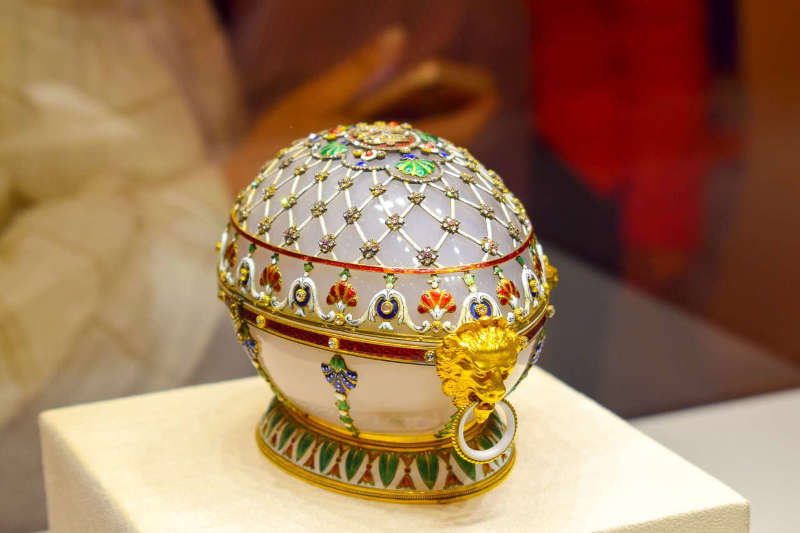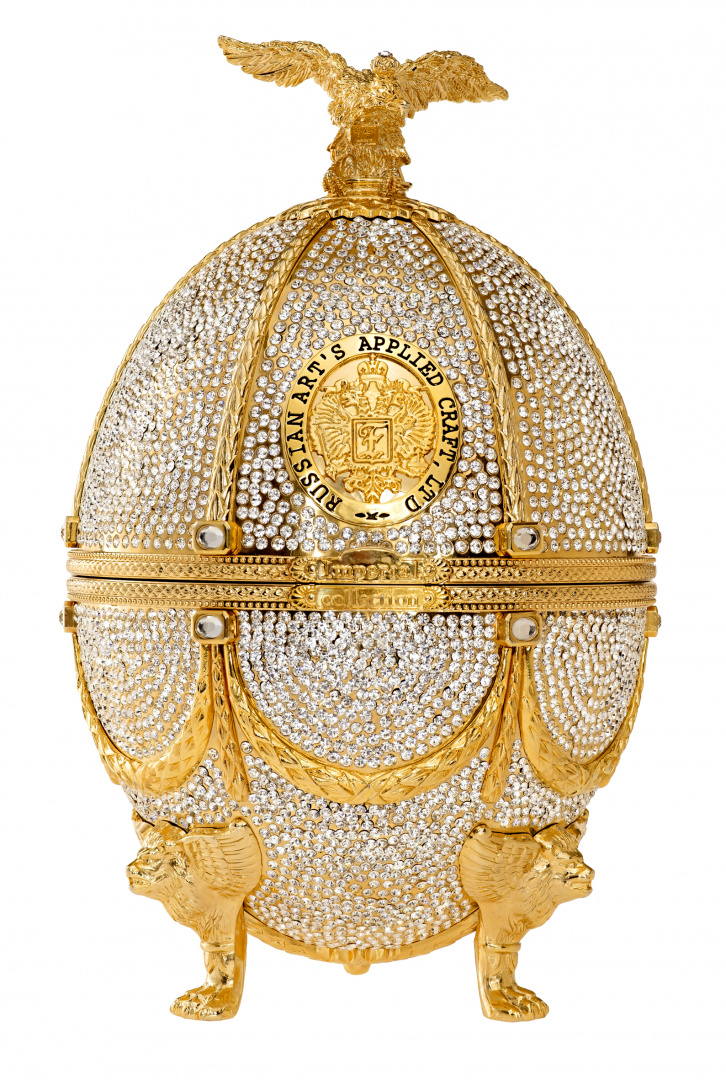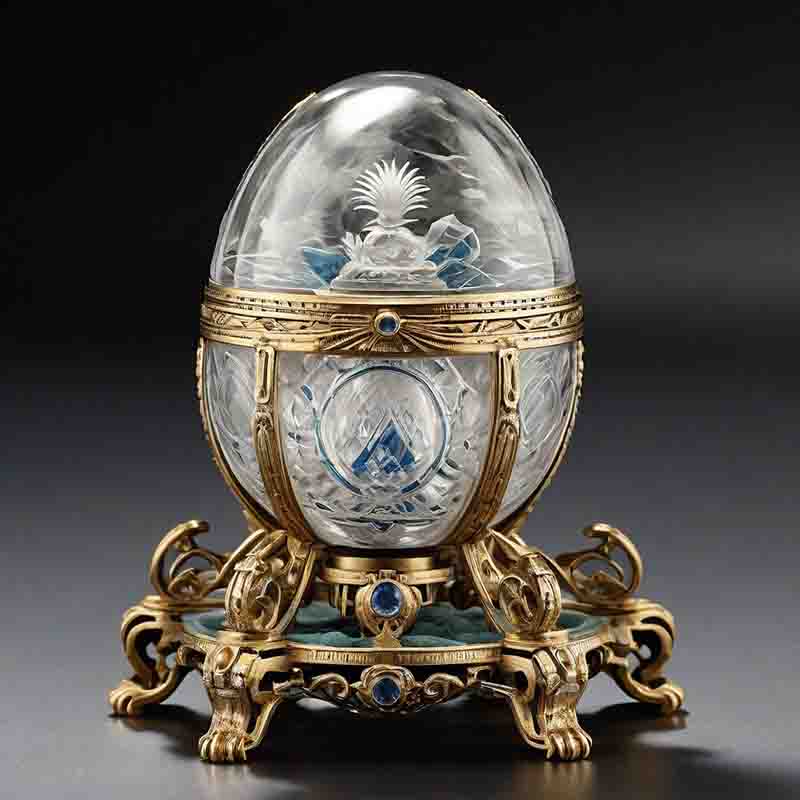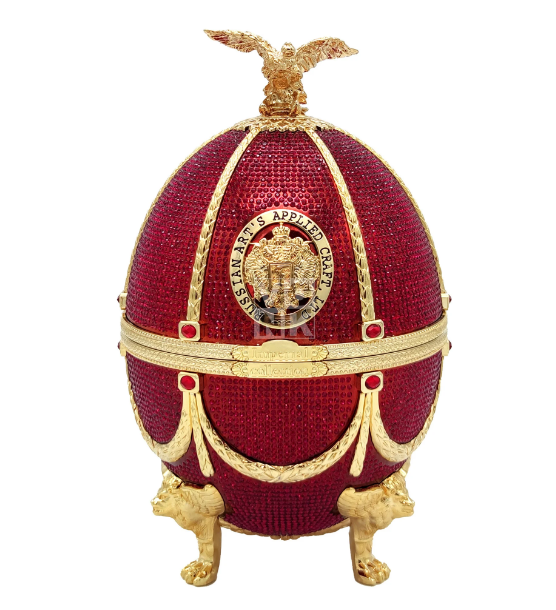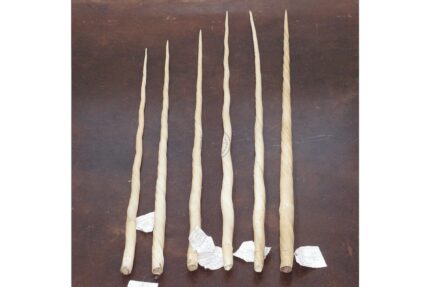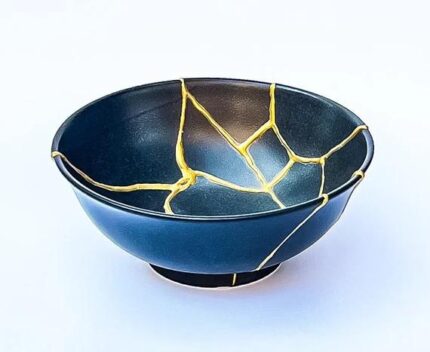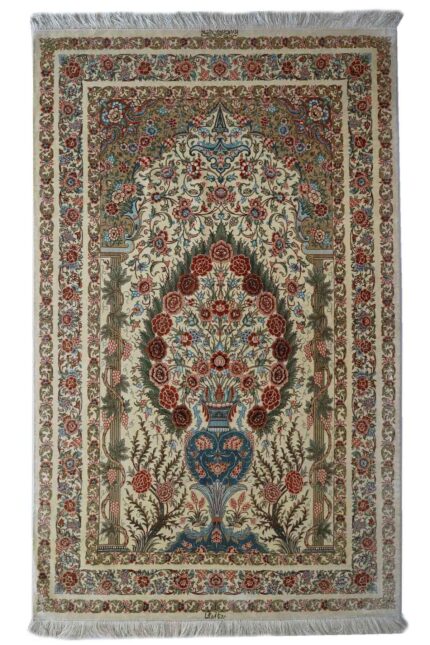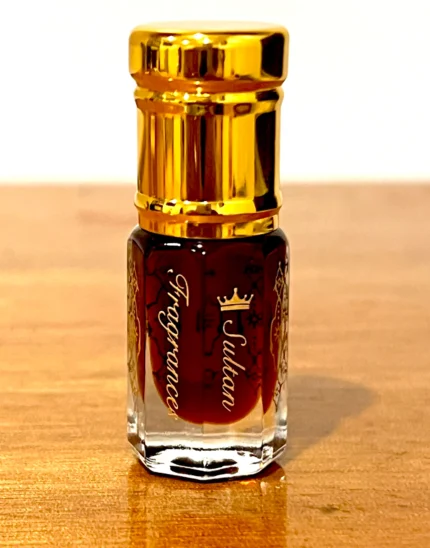Description
The imperial eggs
The celebrated series of 50 Imperial Easter eggs was created for the Russian Imperial family from 1885 to 1916 when the company was run by Peter Carl Fabergé. These creations are inextricably linked to the glory and tragic fate of the last Romanov family. They were the ultimate achievement of the renowned Russian jewellery house and must also be considered the last great commissions of objets d’art . Ten eggs were produced from 1885 to 1893, during the reign of Emperor Alexander III; 40 more were created during the rule of his dutiful son, Nicholas II, two each year, one for his mother, the dowager, the second for his wife.
The series began in 1885 when Emperor Alexander III, through the intermediary of his uncle, Grand Duke Vladimir, commissioned an Easter egg from Fabergé as an Easter present for his wife, Empress Maria Feodorovna. Initially planned by Fabergé to contain a diamond ring, the actual finished version, following specific instructions of the Emperor, included a ruby pendant of great value. After the first commission, Fabergé was bestowed ‘goldsmith by special appointment to the Imperial Crown’, and the legend continued over the next 31 years. According to Fabergé family tradition, the company was given complete freedom for the future Imperial Easter Eggs. Not even the Emperor knew what form they would take. The only stipulation was that each one should contain a surprise.

